Sunken Skin Flap Syndrome
Sunken skin flap syndrome. Pathology Atmospheric pressure exceeding intracranial pressure at t. Sinking skin flap syndrome or syndrome of the trephined can occur in patients with prior hemicraniectomies in the setting of post-operative lumbar puncture or ventriculoperitoneal shunt placement. A Report of Two Cases.
The neurological status of the patient can occasionally be strongly related to posture. Sinking skin flap syndrome or Syndrome of the trephined. This results in displacement of the brain across various intracranial boundaries.
We also evaluated the risk factors for the incidence of SSFS in DC patients with LD. Sinking skin flap syndrome or syndrome of the trephined is a rare complication after a large craniectomy with a sunken skin above the bone defect with neurological symptoms such as severe headache mental changes focal deficits or seizures. Sinking skin flap syndrome in the multi-trauma patient.
Accordingly cranioplasty can be undertaken as soon as necessary. A paradoxical management to TBI post craniectomy. We report our exp.
It occurs when atmospheric pressure exceeds intracranial pressure at the craniectomy defect. Sinking skin flap syndrome SSFS or paradoxical herniation PH is a rare complication and sporadically occurs in patients after DC. He was diagnosed with sinking skin flap syndrome consistent with altered mental status and a sunken skin flap with increased midline shift.
Sinking skin flap syndrome is a rare and potentially fatal complication of a decompressive craniectomy. Alteration in normal anatomy and pathophysiology can result in wide variety of symptoms including altered mental status hemodynamic instability. Sinking skin flap syndrome is defined as a series of neurologic symptoms with the skin depression at the site of cranial defect which develop several weeks to months after large external cerebral decompression.
Sinking skin flap syndrome SSFS is a condition unique to patients who have undergone craniectomy. This may result in subfalcine andor transtentorial herniation.
However SSFS is reversible after cranioplasty but infectious complications must be avoided after the procedure.
2Department of Neurosurgery St. We report our exp. A paradoxical management to TBI post craniectomy. Sinking skin flap syndrome is defined as a series of neurologic symptoms with the skin depression at the site of cranial defect which develop several weeks to months after large external cerebral decompression. Sinking Skin Flap Syndrome or Syndrome of the Trephined. Sinking skin flap syndrome in the multi-trauma patient. 1Department of Rehabilitation Medicine St. However SSFS is reversible after cranioplasty but infectious complications must be avoided after the procedure. He was diagnosed with sinking skin flap syndrome consistent with altered mental status and a sunken skin flap with increased midline shift.
A Report of Two Cases. Sinking skin flap syndrome is defined as a series of neurologic symptoms with the skin depression at the site of cranial defect which develop several weeks to months after large external cerebral decompression. Clinicians need to be aware of sinking skin flap syndrome and to look for abnormal neurological developments in patients with craniectomy in order to avoid unnecessary testing and to prevent its occurrence. This results in displacement of the brain across various intracranial boundaries. Background and PurposeSinking skin flap SSF syndrome is a rare complication after large craniectomy that may progress to paradoxical herniation as a consequence of atmospheric pressure exceeding intracranial pressure. Despite treatment with Trendelenburg positioning and appropriate fluid management the patient continued to decline and an epidural blood patch was requested for treatment. Sinking skin flap syndrome or syndrome of the trephined is a rare complication after a large craniectomy with a sunken skin above the bone defect with neurological symptoms such as severe headache mental changes focal deficits or seizures.


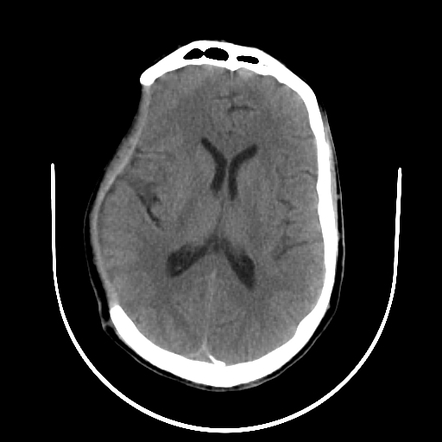









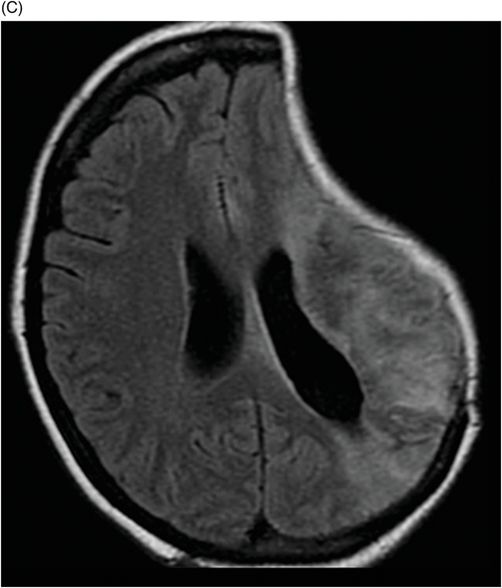

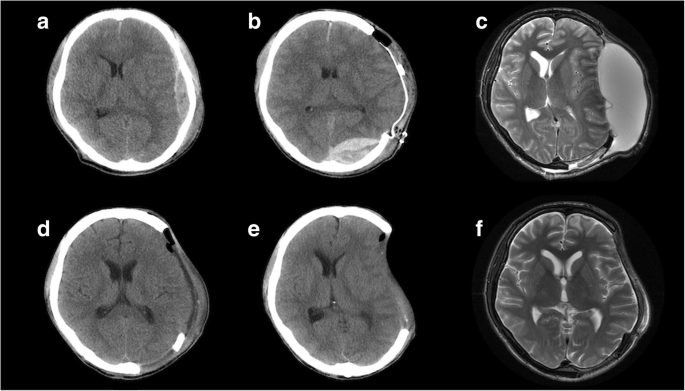






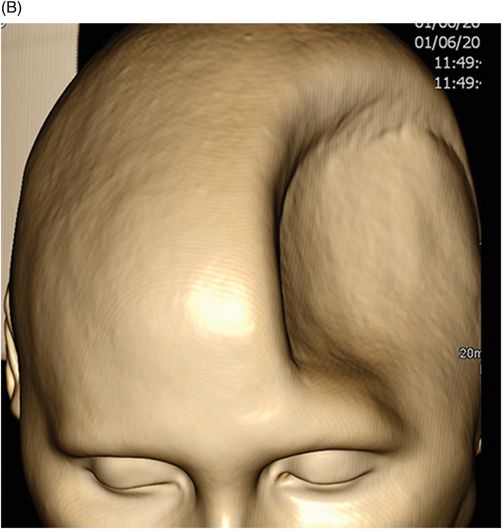








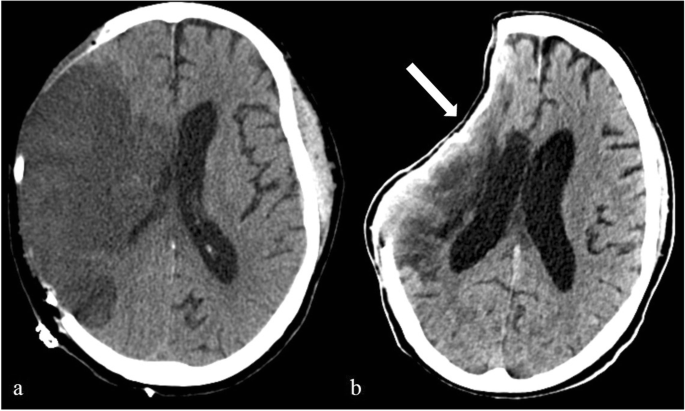

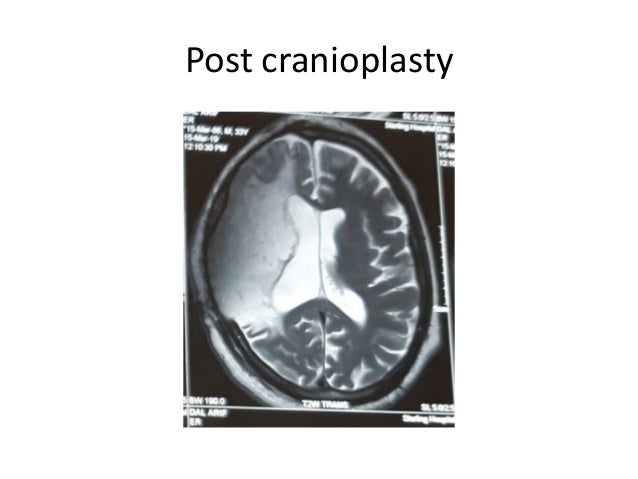




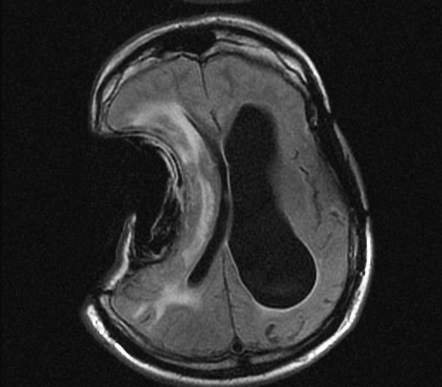
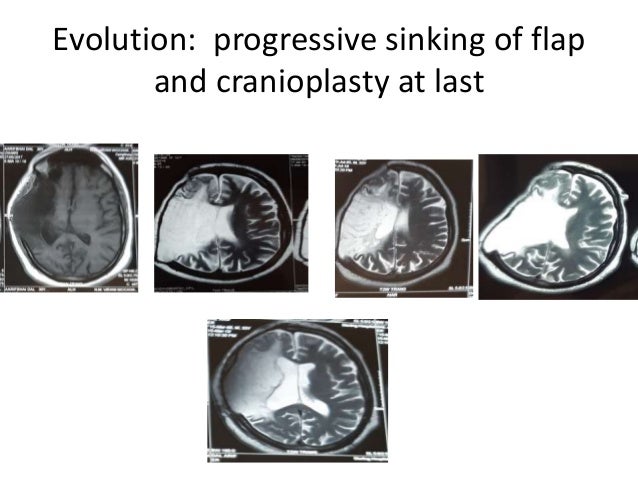

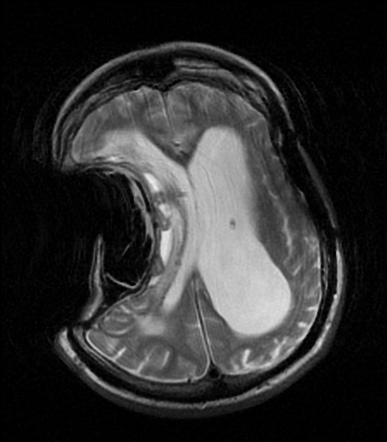
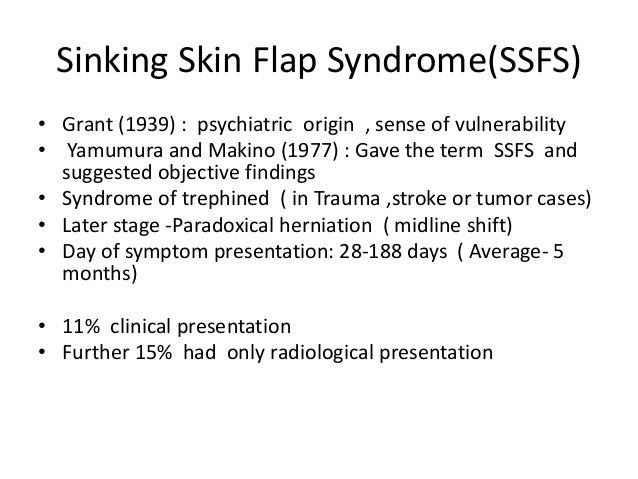



Posting Komentar untuk "Sunken Skin Flap Syndrome"